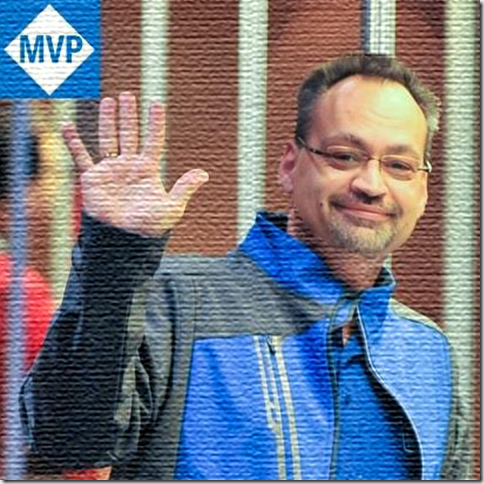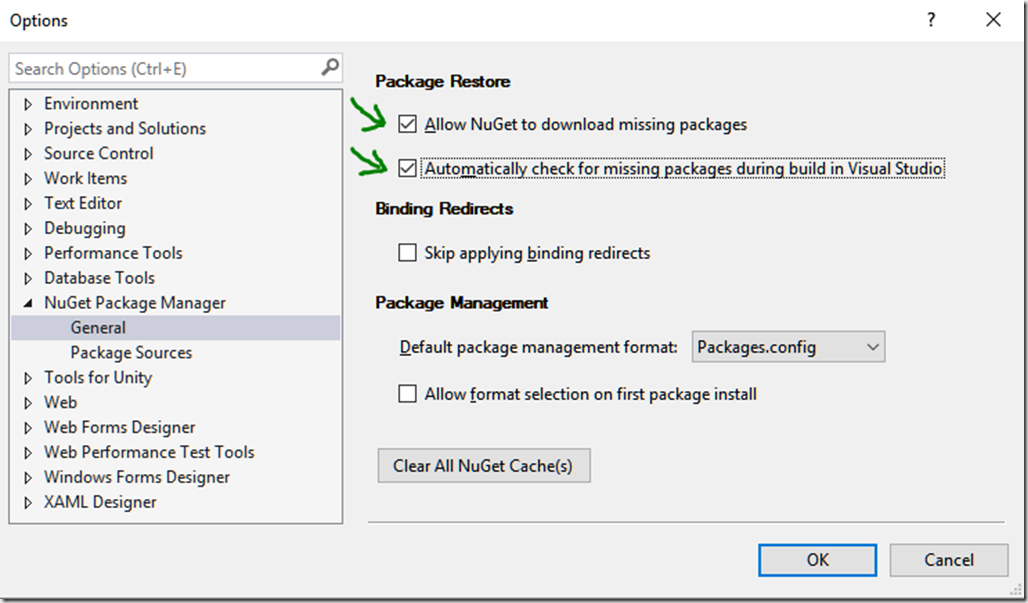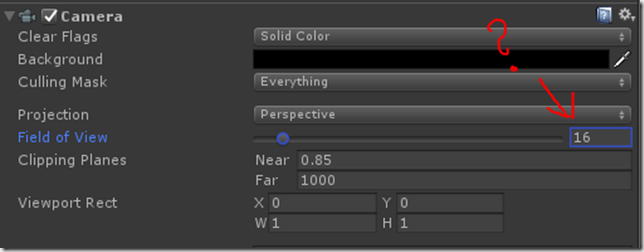Joost is the winner of the 13th HoloLens Challenge and the author of the Dotnet by Example blog, which has provided some of the best intermediate HoloLens tutorials available on the internet. He’s also been a Netherlands Microsoft MVP for almost a decade. Here are Joost’s answers to the 10 questions:
What movie has left the most lasting impression on you?
The Neverending Story, 1984. I still love it. I strongly identify with the kid Bastian. It feels like my younger self.
What is the earliest video game you remember playing?
Not sure, I think Donkey Kong on one of those mini LCD consoles (remember those?). It may also have been “Manic Miner” on a friend’s Sinclair Spectrum.
Who is the person who has most influenced the way you think?
My wife. She taught me that there’s an important difference between being intelligent (having raw IQ) and actually being smart and that women can be just as tough (if not more) than men. She also taught me that people who believe other things than you can be smart people as well.
When was the last time you changed your mind about something?
A few weeks ago. I finally caved in and bought an Android phone. My 950XL started to have hardware issues and I could not buy replacements anymore. It sucks, but it does what it needs to do and I can get by with it.
What’s a programming skill people assume you have but that you are terrible at?
Almost everything. Self-doubt is my second name. I actually continue to surprise myself when I pull something off.
What inspires you to learn?
Shiny new things. Something that really catches my imagination. No well-travelled roads. I love to be at a place where trail blazing still can happen.
What do you need to believe in order to get through the day?
Two things: 1 – I can make a difference 2 – (vulnerable moment here) there’s someone waiting at home who loves me no matter what.
What’s a view that you hold but can’t defend?
Hard one. My political view is that prosperity should be more equally distributed for the good of all. Even in the Netherlands that’s pretty left of center; in the USA I would probably be scaled to the left of Bernie Sanders. I also know this will never happen because of human nature.
What will the future killer Mixed Reality app do?
Collaboration. I imagine a meeting room with no one actually there. I imagine seeing people there that literally seem to be present. I imagine working, talking, socializing with people from all over the world with no one actually needing to board an airplane and go through all that hoopla. I imagine this getting so ingrained into society that the value of actually and virtually meeting are seen as (almost) identical. The impact this will have on productivity, social interaction and – leftist again – the environment and thus the climate will be amazing.
What book have you recommended the most?
Ender’s Game by Orson Scott Card. Especially to people who say they understand the monomaniac geek’s mind – which they invariably never do. They also never read it, because it looks too geeky on the outside.
















